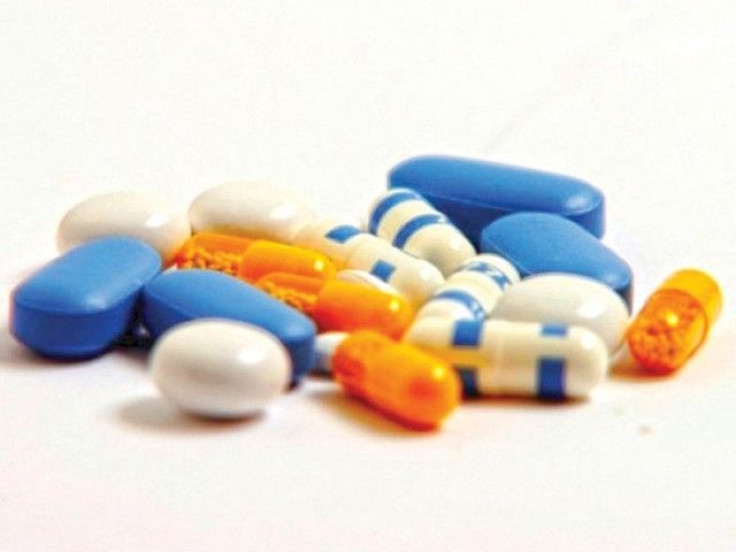Designers Drugs On The Rise As 'Traditional' Drugs Decline; UN Warns 'Adverse Effects' Of New Substances Are 'Poorly Understood'

Designer drugs and "legal highs" are rising in prevalence. The United Nations Office of Drugs and Crime has released information today that indicates these designer drugs have increased in number by 50 percent in the last three years, from 166 in 2009 to 251 different chemicals as of mid-2012.
These drugs often boast playful names like "spice", "meow-meow," and "bath salts," leading young users to believe they're fun and risk-free. But the drugs, in fact, have serious physical and psychological side effects, and are purposely cut with other drugs without the end user's knowledge. "This is an alarming drug problem - but the drugs are legal," the UN report said. "Sold openly, including via the Internet, NPS (new psychoactive substances), which have not been tested for safety, can be far more dangerous than traditional drugs."
The yearly survey also stated that many of these drugs are highly addictive and that the sheer number of new ones being sold has made it difficult to accurately evaluate the danger they pose. The new designer drugs are usually chemical variations of current illegal drugs. The molecular structure is altered and because it is not the exact drug that is illegal, it can skirt national and international bans. "The international drug control system is floundering, for the first time, under the speed and creativity of the phenomenon" of this type of drug, the report said.
The report also goes on to talk about the illicit drug trade with "traditional" drugs, such as cocaine, heroin, and ecstasy, in addition to prescription drug abuse. "While the use of traditional drugs, such as heroin and cocaine, seems to be declining in some parts of the world, prescription drug abuse and new psychoactive substance abuse is growing," the report stated.
Cocaine use in the U.S. is in decline, but is seeing a major upswing in South America and the emerging economies of East Asia. But the U.S. still maintains its lead as the number one cocaine consumer, having the UN call it the "largest cocaine market." Heroin use in Europe was also on the decline, although the report stated that this may be due to a bad year for the poppy crop in Afghanistan, a supplier of 75 percent of the world's poppy-derived drugs.
The number of people using injection drugs has also been on the decline by 12 percent at 14 million people worldwide between the ages of 15 and 65. The report found that previous estimates of how many injection drug users also had HIV infections were incorrect and actually higher than they should be. The new estimate is almost half of the previous estimate (46 percent lower) at 1.4 million people. These changes are a result of better monitoring and surveillance, not necessarily a decrease in drug usage or HIV infections.
Much of the information about drug production in the report is gleaned from drug seizures. The UN agency considers methamphetamine (meth) a major public health threat. Drug seizures have amounted to 8.8 tons of meth yearly. Seizures in Mexico, a producer of the drug, have close to doubled from 13 tons to 31 tons. In 2011, meth accounted for 71 percent of all amphetamine (including meth, ecstasy, and other amphetamine-based drugs) drug seizures for a total of 123 tons, a 66 percent increase over 2010 and double the 2005 seizure figure.
The full downloadable PDF of the report can be found here.



























